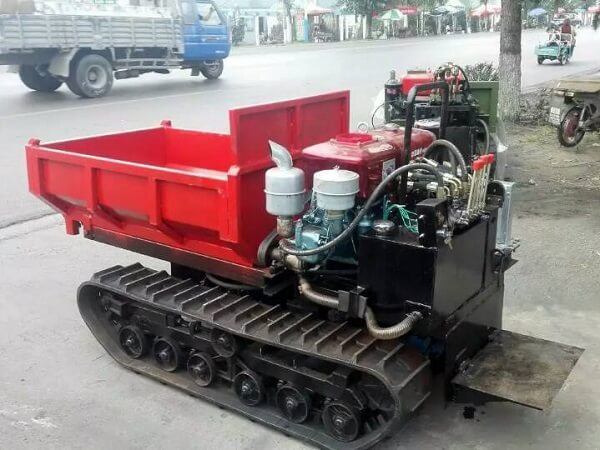Taking the lower steel structure of the crawler truck as the main object of study, the stress characteristics, load distribution and structural strength of the lower steel structure of the crawler truck are analysed and studied in conjunction with three extreme working conditions such as load climbing, traction climbing and one-sided turning of the 320t crawler truck, to obtain the stress distribution and magnitude of the lower steel structure of the crawler truck under each working condition.

As can be seen from the results of the analysis, the large stress in the load climbing occurs at the pivot point of the lifting hydraulic cylinder on the eccentric side of the base, where the stress concentration is a calculation error and should be ignored; the large stress in the crawler frame occurs at the lower part of the vertical plate connecting the right crawler frame to the base, so the welding process at the welding of the crawler frame to the base has high requirements, and the welding seam should be ultrasonically inspected according to Class I. The large traction climbing stress occurs at the corner transition at the rear of the base where the diagonal tie bars are located, and the quality of the steel plate processing and welding must be fully ensured here. The large stress on the right crawler frame appears at the lower part of the right crawler frame and the base plate, so special attention should be paid to the welding of this part.
The steel structure model is based on a combination of the traditional track structure design with reference to the structure of foreign tracked transporters, and draws on successful foreign design experience. The analysis method and results can provide a reference and basis for analysing the substructure of tracked transporters with different load capacities and other similar equipment.
At the same time, due to the general limitations and costs of heavy non-standard equipment, prototypes cannot be tested like standard equipment, so this cannot be verified with actual data before the equipment is put into use. The next step is to collect actual operating data after the equipment has been put into operation and to use this as a basis for optimising the equipment structure and making it even better.
